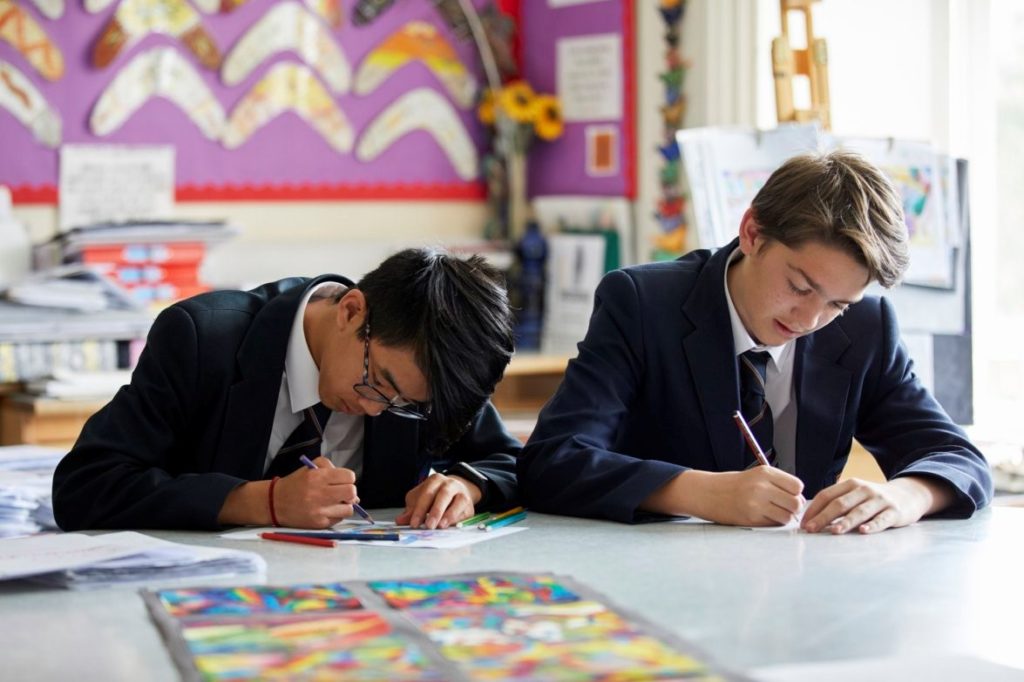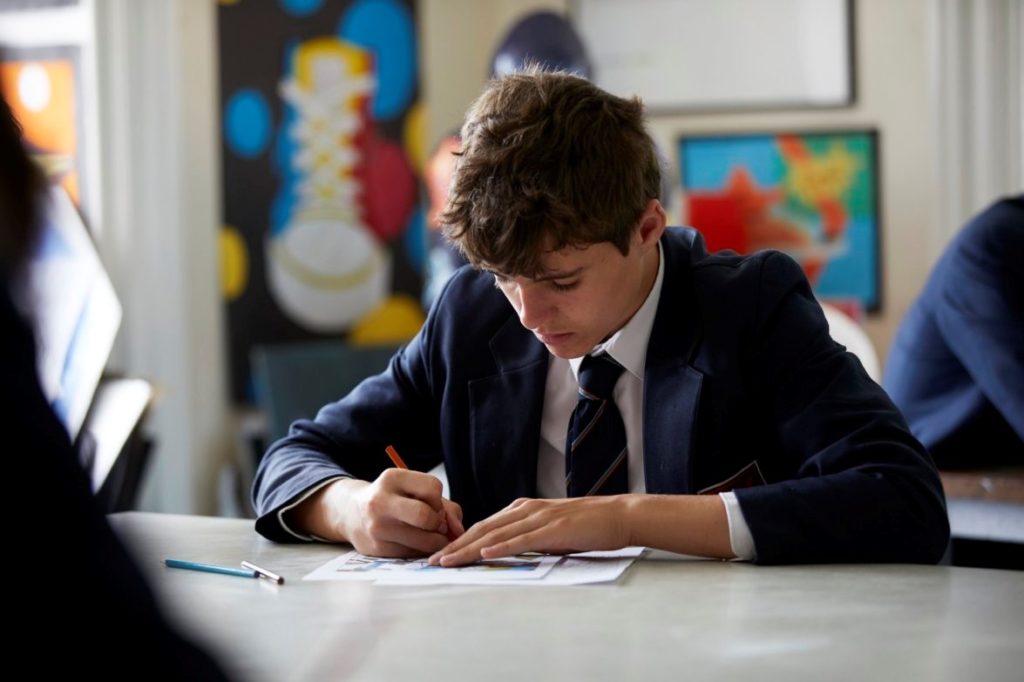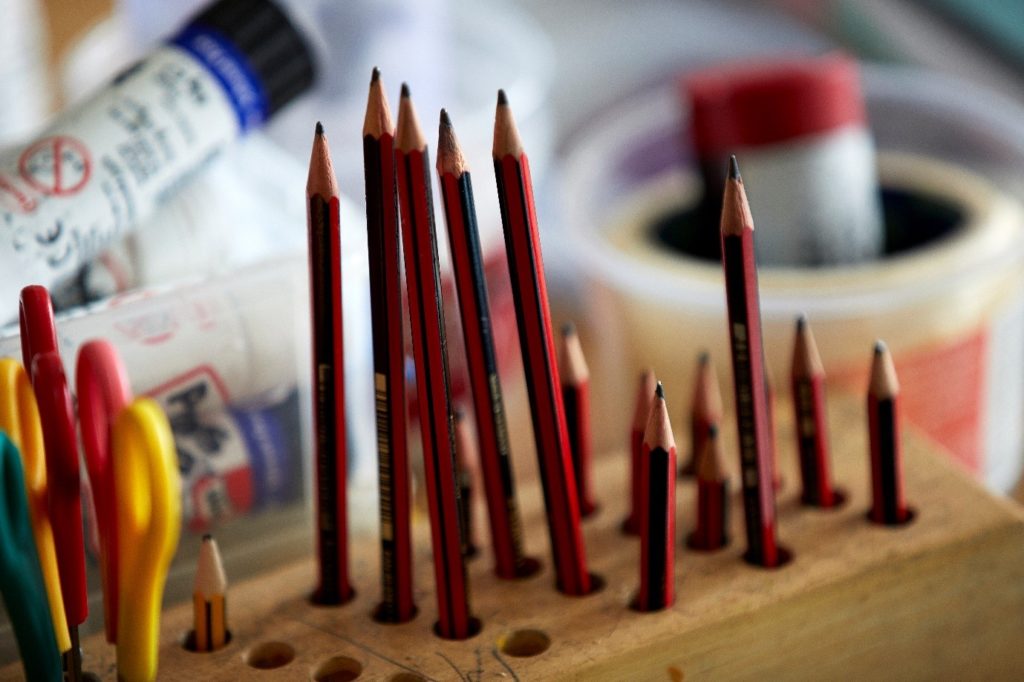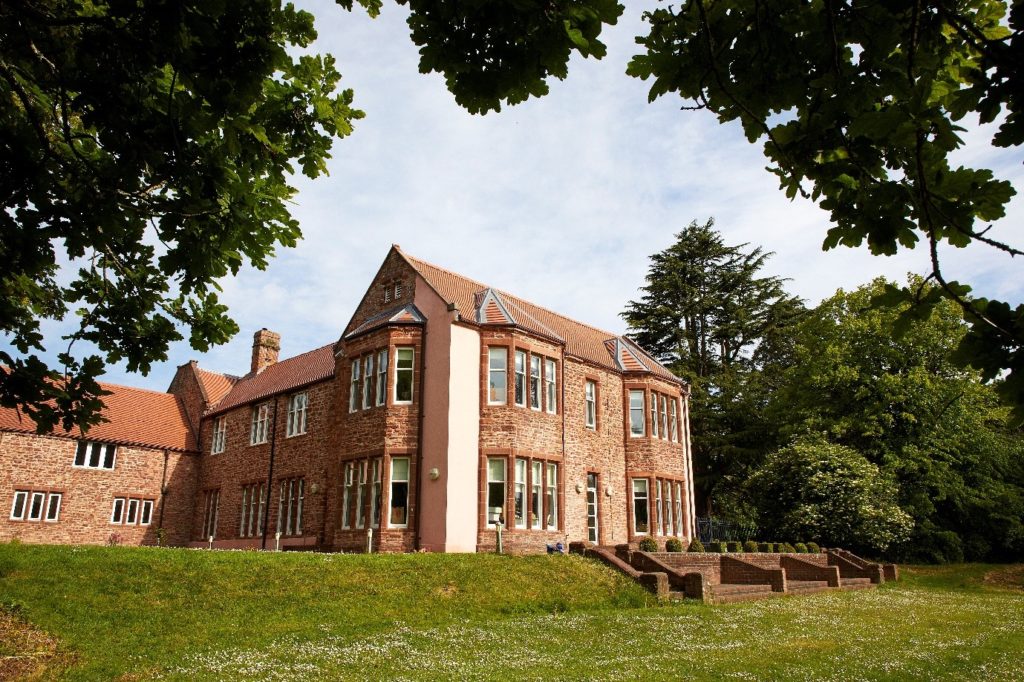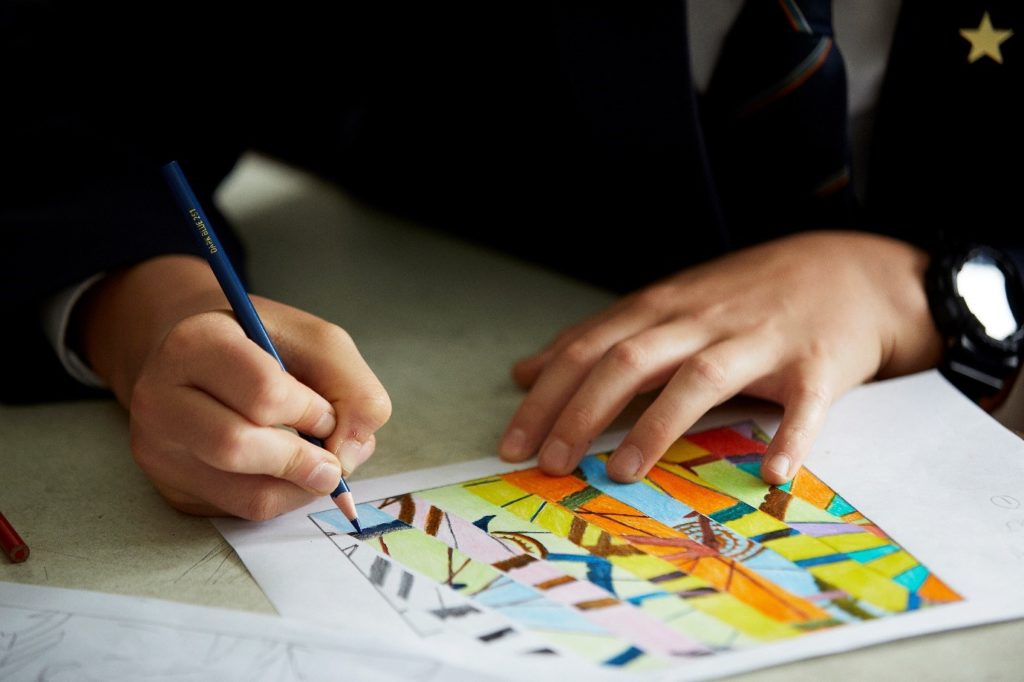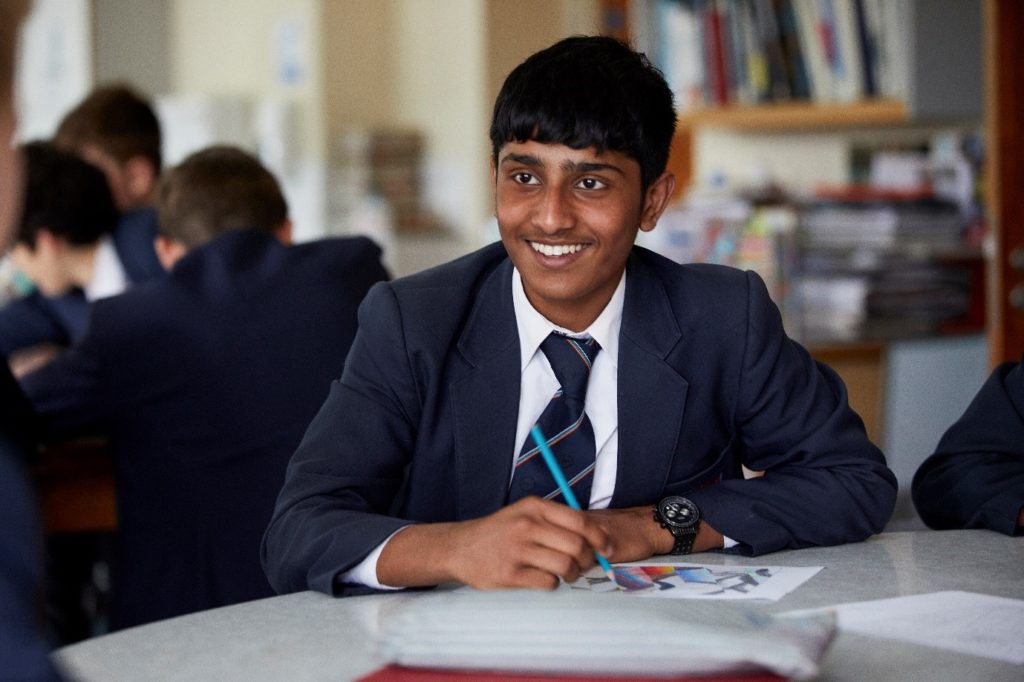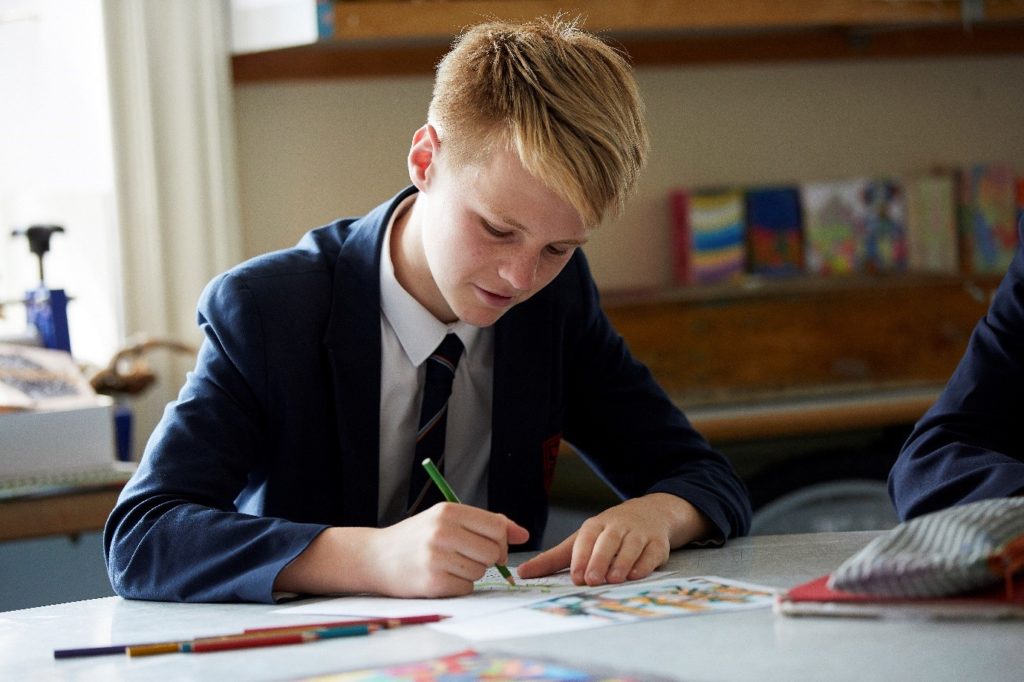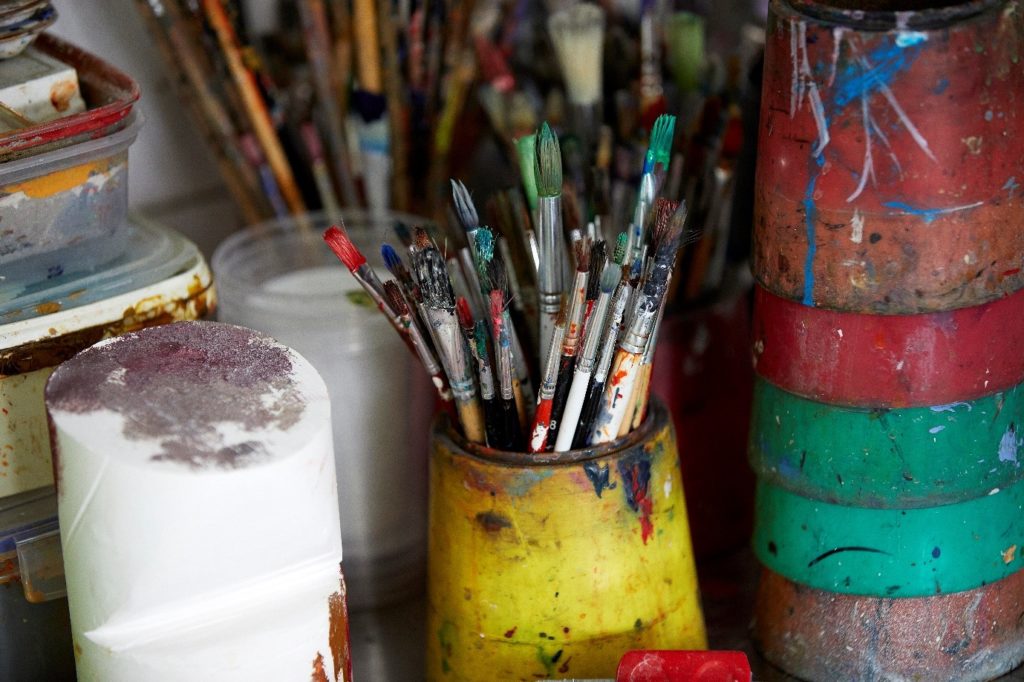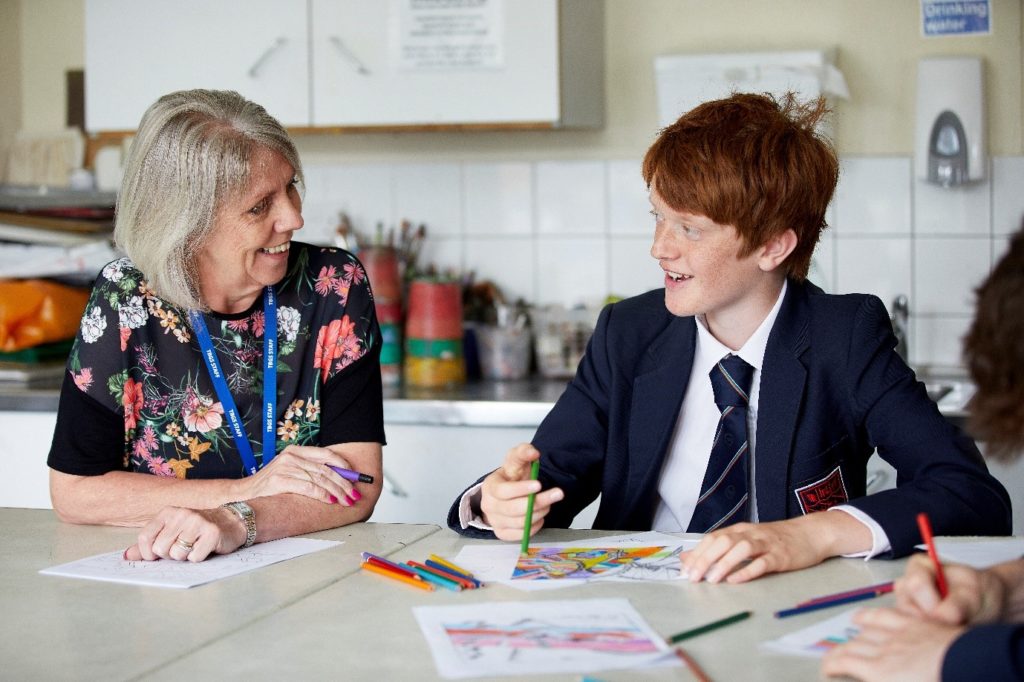Art & Design
Head of Department: Mrs M. Torocisk
Study in the arts is integral to our society. Education and engagement in the fine arts are an essential part of the school curriculum and an important component in the educational programme of every student.
Art is intrinsically linked to humanity. We’ve been making it for about as long as we’ve been called humans, and few would argue against its value as culturally enriching as well as emotionally and often intellectually rewarding.
As scientific research has shown, our minds seem built to enjoy and analyse art deeply, and creating it, no matter your skill level, is good for you. Creating visual art improves connections in the brain and it has been proved that making art can help to reduce stress and anxiety.
Painting, designing, sculpting, and all the other artistic pursuits have benefits that go far beyond pure enjoyment or cultural creation- these activities can also strengthen your brain and improve your mood.
Several marketable professional skills are developed through art, including: Critical Thinking and Analysis; Arts students are trained to dig deeper, and to move beyond the superficial; communications; Research; Creativity; A Global Perspective and Interpersonal Abilities.
The premier organisations in the corporate world today recognise that the human intellect “draws from many wells.” Art gives access to the deepest of those wells.
Students at TBGS are offered a variety of opportunities at KS3 from a selection of projects which encourage imagination and creativity and enables all to experience a broad range of Art prior to GCSE.
Imagination and Creativity
Students can take their experiences of the world and transform them through art, making new connections and relationships through their inventive minds. Their knowledge, memories and fantasies all feed their imagination, Art allows students to explore, build on and record their own creative and imaginative ideas.
Expression
Making pictures allows students to express their feelings and ideas, both as a means of self-expression and to communicate to others. These may include reliving a happy event they recently experienced (a birthday or a day out), or drawing out some sad feelings as a therapeutic exercise. Older students may use pictures for more conceptual purposes, expressing their concerns and ideas.
Visual Thinking
Pictures encourage us to think about and understand the world visually, instead of restricting learning and the acquisition of knowledge to words and numbers alone. Visual thinking helps students learn other subjects. It is a skill used in a wide variety of professions, including the sciences as well as the arts.
Observational skills
Making pictures helps students observe the subject matter of the real world scene they are drawing from more closely, and makes them better observers of detail in the world around them. Developing observational skills through picture-making facilitates the child’s visual sensitivity to the world.
Problem solving and analytical skills
Pictures enable students to explore and test out ideas, while making decisions on how they choose to depict them. For instance, students will learn problem solving skills as they grapple with trying to create a three dimensional scene from the world on a two dimensional page. With practice, students learn that concentration and persistance allow them to get closer to the pictures they are trying to achieve.
Autonomy
A student’s picture is his or her own. It has worth in its own right, without having to be measured or judged by others as right or wrong. The student has the authority to say what the picture is of, or what it communicates building up their confidence and self esteem.
Key stage 3
Year 7
- Inspired by the work of Gaudi and Hundertwasser using mixed media including pencils, felt tips, paint, collage to complete a card model.
- Repeat Pattern, inspired by William Morris.
- Direct observational skills developed through work from natural objects. ‘Tile’ design completed in coloured pencil. Tonal skills/controlled shading.
- Group collage, inspired by the work of Rousseau and Sendak.
- Theme ‘Where the Wild Things Are’. Drawing from leaves and foliage and using a variety of resources to design ‘Monsters’. Mechanical Monsters/Recycled Art inspired by the WEEE MAN.
Year 8
Colour theory, Aboriginal Art, using a variety of materials including pencils, paint, fabric paint.Textile skills developed, use of sewing machine, hand stitching etc. End product is a unique painted cushion or wall hanging inspired by aboriginal art. Portraits/Self Portraits, inspired by a variety of artists through out the history of art. Inspired particularly by the work of Escher and Chuck Close, students complete a series of studies using a variety of materials to complete their own self portrait. Negative/Positive Space/Optical Illusions/Tessellation Project‐ Link with Escher.
Year 9
Pop Art Poster, inspired by the work of Lichtenstein, Warhol, Hamilton, Blake. Using a variety of materials including gouache paint, soft pastels, oil pastels, collage etc. Introduction to the theme of consumerism and popular culture Direct observational skills used and photography. Application of Pop Art style in text A3/A2/A1 poster produced. Abstract image developed from observation of bike. Links with Kandinsky. Hockney variety of materials including charcoal, soft pencils, water colour, and gouache. Finished outcome dependent on choice of materials. This project could also be linked to the work of Hooper and Dali if applicable. Metamorphosis‐ Tonal skills developed. Bauhaus/Typography/Logo Design.
Key stage 4
ART at Torquay Boys’ Grammar School is a high profile, popular subject at GCSE. The acquisition of a visual language aids communication and expressive ability, complementing many other subject areas. It helps students to understand both themselves and the world around them and is an ideal platform for many career options. The Department, set within the Manor, provides a brilliant atmosphere and houses comprehensive visual resources, providing a stimulating environment in which creative ideas can be developed. The nature of work we offer a broad‐based fine art course, which gives students the opportunity to work within several artistic disciplines including experience of drawing and painting, graphics, photography, ICT and work in three dimensions. The wider range of work undertaken will develop the skills acquired in lower school and prepare students for mixed media work should they wish to progress to A level or IB.

Competence and understanding will be developed in both practical and written forms, including some ICT.
ORGANISATION OF WORK
Students have six hours per fortnight in the art studios. Three Phases are completed during the course, a selection of which is submitted for moderation. Coursework is ongoing in class and supported by research and development in homework. One major visit is organised for the students usually to London. Galleries such as the Tate Modern, The Saatchi, the National Portrait Gallery, Tate Britain and the Design Centre will be considered depending on the exhibitions. In year 11 students experience a mock examination to ensure all are well prepared for GCSE.
EQUIPMENT
Students require a stock of basic art equipment for personal use. Art packs are available via the school shop. More specialised materials are available with in the department.
CONTENT AND ASSESSMENT
Assessment is continually measured for all Phases, in close consultation with the student. A sample of work is selected by an external moderator and displayed at the end of the course for final moderation.
Art and Design Portfolio (60%)
This constitutes the ‘coursework’ component. A portfolio of work showing their personal response to a variety of designated starting points, provided by their teachers.
Art and Design Set Task (40%)
A set examination task provided by the examination board in January of Year 11. From a range of starting points the candidates must produce supportive and development studies. A ten‐hour exam, in supervised conditions will then be timetabled for its completion. Many of our students choose to continue to study Art beyond GCSE which provides an ideal platform to a wide range of careers .E.g. Animation; Architecture; Art History; Contemporary Crafts; Graphic Design; Fashion, Film‐making; Fine Art; Interior Design; Painting; Photography and Sculpture.
Key Stage 5
THE COURSE
The course is designed to provide a bridge between the general and more structural nature of art at GCSE and the development of personally orientated, guided independent study, where students will be encouraged to develop a richer and deeper knowledge, understanding and competence as they progress towards Advanced Level status.
At A-Level there are 2 components: A-Level
Personal Investigation and Related Study 60%
Controlled Assignment (15 hours) 40%
PERSONAL INVESTIGATION A-Level
This is a single unit or combination of units put together to form a single submission. Students are encouraged to work alongside staff to design an indepth project that will form the basis of their A-Level presentation. This combined with a Related Study will represent 60% of the Marks.
EXAMINATIONS
There is one examination in Year 13 (A-Level). This is an externally set paper and will represent 40% of the marks. Students choose from a range of starting points and work towards a 15-hour examination in supervised conditions.
VISITS
At least one main visit is experienced during the course. Barcelona, London and St Ives have featured in recent years.
FACILITIES
The Manor art rooms offer space, light and the latest equipment providing a stimulating working environment. They offer a variety of possibilities for work in 3D and 2D including painting, drawing, sculpture, graphics, digital work and photography. We aim to allow students to have a wide choice of techniques and processes. Staff are highly qualified teachers and experienced practitioners in their own right.
IB Visual Arts
SYLLABUS OUTLINE
The IB syllabus is a demanding course of study which requires not only competence in practice but also a full understanding of the work of art and design in its wider contextual and cultural context. A choice of Thematic starting points will be provided for Exhibition work, Comparative Study and Process Portfolio. This will provide the opportunity for independent choice of specific focus.
COMPARATIVE STUDY 20%
Students analyse and compare different artworks by different artists. This independent critical and contextual investigation explores artworks, objects and artifacts from differing cultural contexts.
EXHIBITION 40%
Students submit for assessment a selection of resolved artworks from their exhibition. The selected pieces should show evidence of their technical accomplishment during the visual arts course and an understanding of the use of materials, ideas and practices appropriate to visual communication.
PROCESS PORTFOLIO 40%
Students explore and develop their core theme through a variety of processes and materials refining ideas as they progress. Historical and cultural connections are also made within the pages of the portfolio to enrich studies.
Careers
Art provides a pathway to a very wide range of occupations and careers. Students have gone on to successfully study Fine art; Painting; Sculpture; Architecture; Graphic Design; Interior Design, Furniture Design; Contemporary Crafts; Fashion; Film-making; Animation and Art History as well as Art/Technology and Art/Media courses.
Extra-Curricular opportunities
Art club is offered to KS3 students, and extension sessions for exam level at lunchtimes and some weekends.

